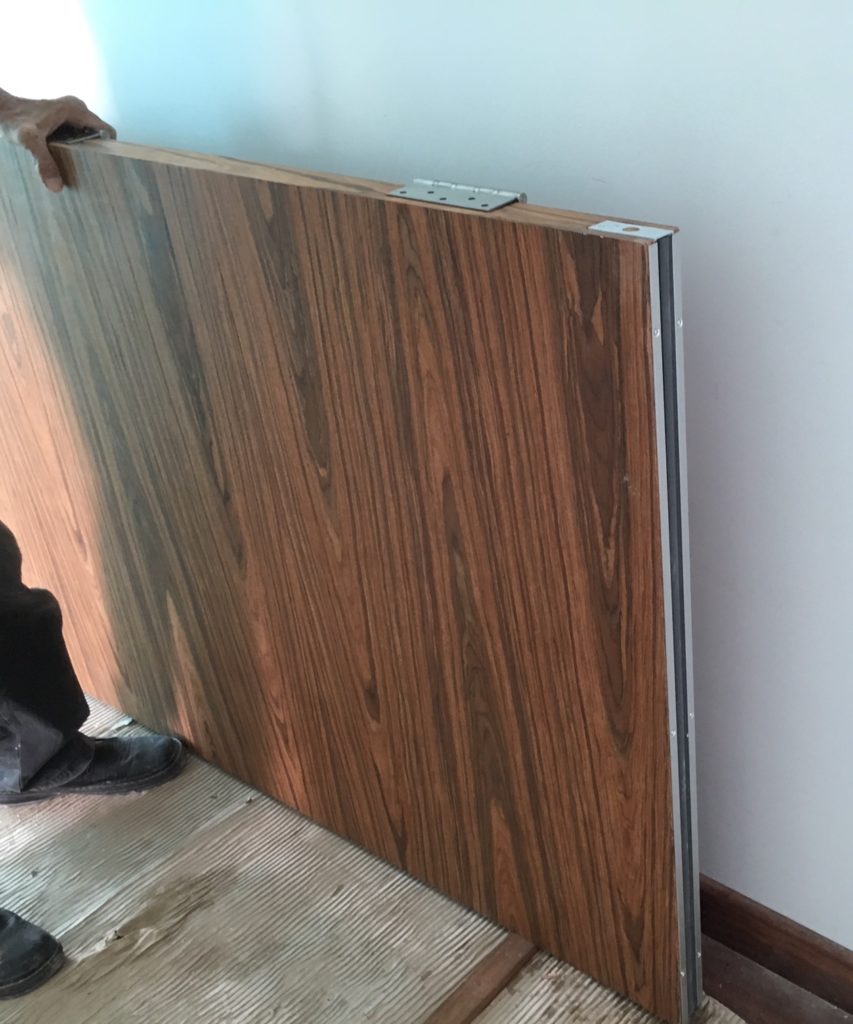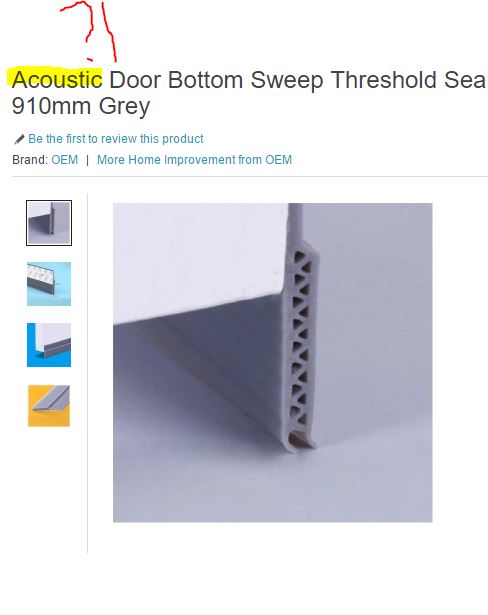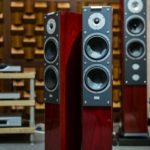23
Apr
2015
Soundproof doors: What they are and how to design one
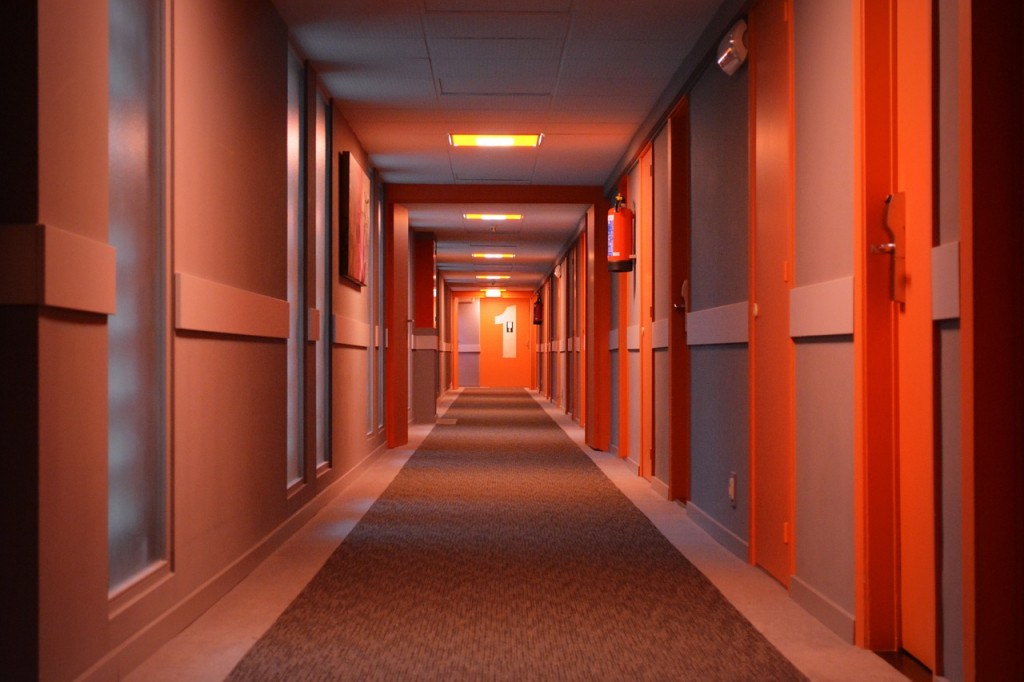
Reading Time: 3 minutes
What is a Soundproof Door?
A soundproof door is a door that has been heavily insulated to prevent sound and vibration from passing through the door. The strong acoustic seals and dense insulation of the door help achieve this in situations where noise reduction is desired. Contrary to popular belief, just filling a hollow core door with Rockwool does not make it a soundproof door.
Why do I need a Soundproof door?
There are many reasons that people may want a soundproof acoustic door. The most obvious reason is for venues that are loud and noisy, such as a nightclub, recording studio or other show/concert venues. Doctor’s offices and military environments require privacy and many times you will see soundproof doors used to help protect the confidentiality of discussions in these rooms. In a large production environment, there are often offices throughout the warehouse. A soundproof door works perfectly to shield the offices from noise produced by heavy machinery. Newspaper and other manufacturing plants can utilize the effective noise blocking qualities of soundproof doors to keep the noise away from offices, meeting rooms and break rooms without requiring these rooms to be a great distance away.
What are STC ratings?
Sound Transmission Class (STC) ratings are how the quality of soundproof doors are compared. The STC rating can be taken as the approximate noise reduction that the door provides. For example, if an acoustic door reduces noise by 40 dBA SPL, its rating is approximately STC 40. For a more in depth look at STC ratings you can check out our article about sound transmission.
How to Soundproof an Existing Door?
Doors made of thick, heavy, solid wood or solid steel are not soundproof unless they have acoustic seals. The key feature of soundproof doors, other than the special core design, is the use of acoustic seals. A cost effective manner to improve the acoustic performance of a soundproof door is to retrofit it with aftermarket acoustic seals from companies like Lorient Seals or Raven Seals.
How can I design a soundproof door?
A soundproof door is normally lab tested to a certain noise insulation rating. The certificate is important to ensure that the doors work. However it is still possible to design doors that are soundproof even if lab testing is out of your reach. A simple soundproof door can be made by sandwiching heavy calcium silicate boards between plywood veneer faces (design shown below). We recommend applying a damping compound such as Green Glue between the layers to improve tranmission loss. Good quality acoustic seals can then be added to complete the construction.
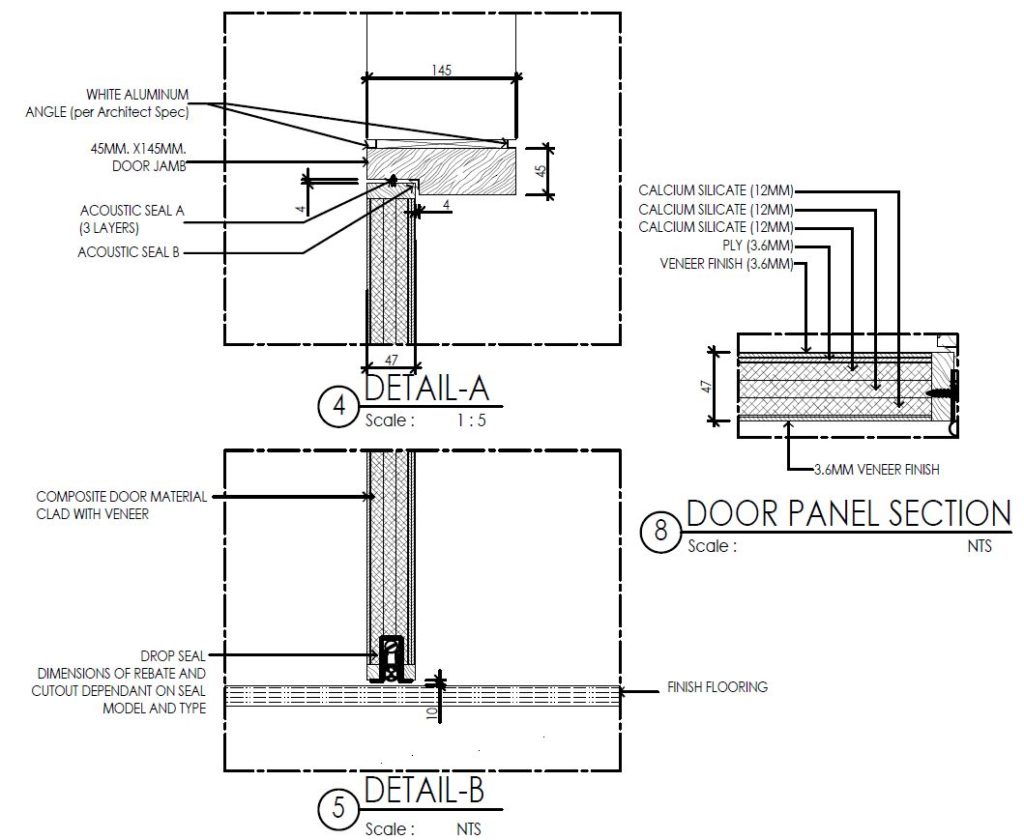
Drawing showing Calcium Silicate based soundproof door with Lorient Acoustic Drop Seal and “Batwing” Seals
Misconceptions about Soundproof Doors
Not all soundproof doors are made equal.
An STC40 door may be good enough for a bedroom or hotel room but will be sorely lacking when used for a home studio with music instruments. Likewise, an STC50 door may be enough for a simple home studio but would be inadequate for full fledged home theatres and recording studios with drums. The key thing to note is that STC ratings represent the soundproofing quality of the door against speech. For music instruments or specialized applications, it would be best to consult an acoustic consultant.
Soundproof Doors do not guarantee 100% soundproofing
People often install soundproof doors and expect pin drop silence after. Unfortunately, installing a soundproof door alone will not make your bedroom the quietest place on earth. Neither will pasting copious amounts of acoustic foam in your room after the installation of your soundproof door unlike what some foam suppliers would want you to believe. Answering the question “How to soundproof your room” is often complex and noise can enter a room via 3 paths – airborne, structural or internally generated noise. Soundproof doors usually only deal with the airborne noise. It will not stop the noise coming from your neighbour’s kids jumping around during playtime.
Soundproof Doors look ugly
Other than the acoustic seals, soundproof doors usually look similar to normal doors. They are available in a variety of finishes. You can typically find doors in timber, aluminum, PVC or steel. Each of these can be customized according to your designs.
Door sweeps that you buy at the DIY store work as well as acoustic drop seals.
Door sweep seals cannot replace Acoustic Drop Seals. They are not equivalent. Period. A seal is formed via the action of compression. A sweep seal has negligible compression force. Therefore, the seal is often not tight and sound leaks through freely. What you need is really one of these.
Conclusions
Soundproof doors have many benefits for residential or commercial use. They should be considered when noise pollution is a problem or when noise reduction is desired or required by law. In future articles, we will look at soundproof windows, walls, ceilings and curtains
And for compelling info about the acoustic world, follow us on LinkedIn
